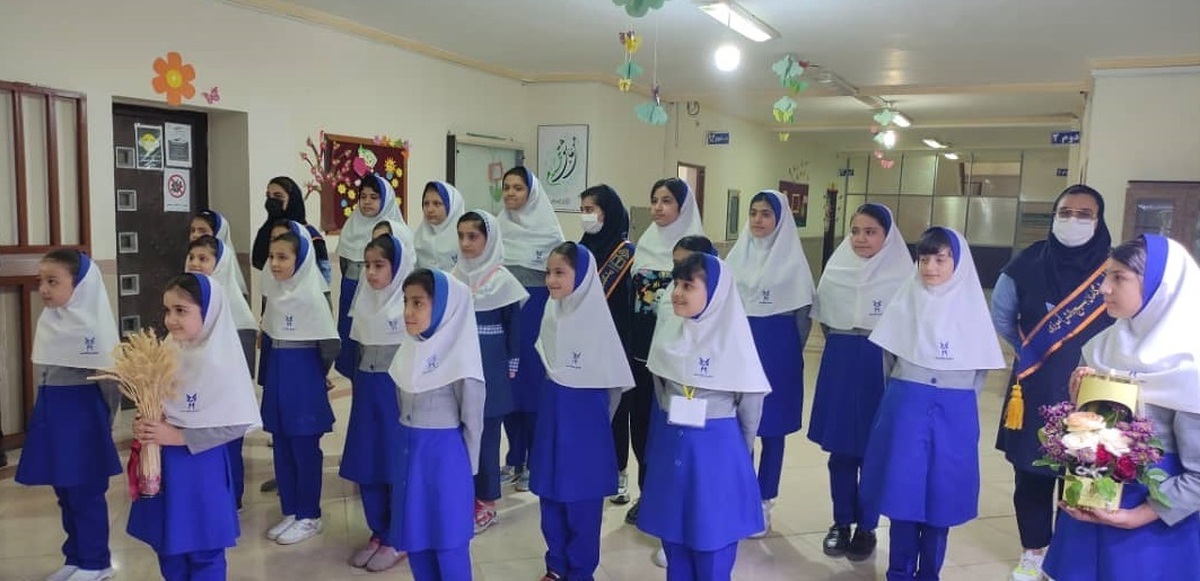Babies Talk More around Human-Made Objects than Natural Ones

Infants often communicate with protophones, which are sounds resembling squeals, growls or short word-like noises such as "da," "aga" and "ba." These are considered the foundations of speech, as they eventually evolve into full language, according to the journal Nature's Scientific Reports.
Objects play an important role in this process, as the more vocalisation an object encourages, the closer a young child is to talking.
A new study, led by the University of Portsmouth, has looked at the relationship between protophones and things typically found at home to assess their importance for developing language skills.
To do this, the team observed how often children aged 4 to 18 months who live in Zambia vocalised when using toys and household items, and then compared it to how they interacted with natural objects.
They discovered the amount of protophones produced by the younger infants was significantly higher when engaging with human-made objects, compared to sticks, leaves, rocks and bird feathers.
They also found the children were more interested in household data-x-items -- such as mugs, shoes, and pens -- when given the choice between them and natural objects.
Lead author, Dr Violet Gibson from the University of Portsmouth's Department of Psychology, said: "Our findings suggest that object features have an impact on the way in which young children communicate.
"Here, we observed that natural objects were less likely to encourage infants to produce protophones, and as a consequence they may not promote language skill development as much as artificial objects.
"Preverbal infants seem to favour household items, possibly because their features are designed for specific functional purposes, or in the case of toys, they're designed to get a child's attention and spark their interest.
"This supports existing evidence that the use of complex tools in social interactions may have contributed to establishing the groundwork required for the emergence of human language."
The paper says that the ways in which parents engage with children when they interact with objects differs across cultures, but the researchers found no indication that the examined behaviour of the mothers' affected the amount of protophones produced.
Co-author, Developmental Psychologist Dr Eszter Somogyi, added, "It is important to understand to what extent protophones are promoted in a natural environment from an evolutionary perspective, because of their ties to language skills and development.
"Some argue that vocal language about human-made tools may have led to a number of important advancements for our ancestors, including speech evolution and a surge in manufacturing more sophisticated objects."
The study also examined whether children show more social gazing when using natural or artificial objects, as it's one of the first avenues of early communication. The researchers found differences in the infants' looking behaviours between the two object types, suggesting that object features also shape nonvocal communication.
"The infants in this study gazed at the mothers significantly more often when using natural objects compared to the household items, particularly at a young age," explained Dr Gibson.
"It might be because they're far less interested in natural objects, and look to their parents to assess their value."
Co-author, Developmental Psychologist and Linguist Dr Iris Nomikou, added: "Just like protophones, social gazing supports learning as it gives an infant an opportunity to flag to a parent or carer that they're not sure about something they see."
There is some evidence suggesting that object-based communication is not limited to humans, and that object-based signals may be more significant than first thought.
The University of Portsmouth team also observed similar behaviours in chimpanzee.
4155/v
























